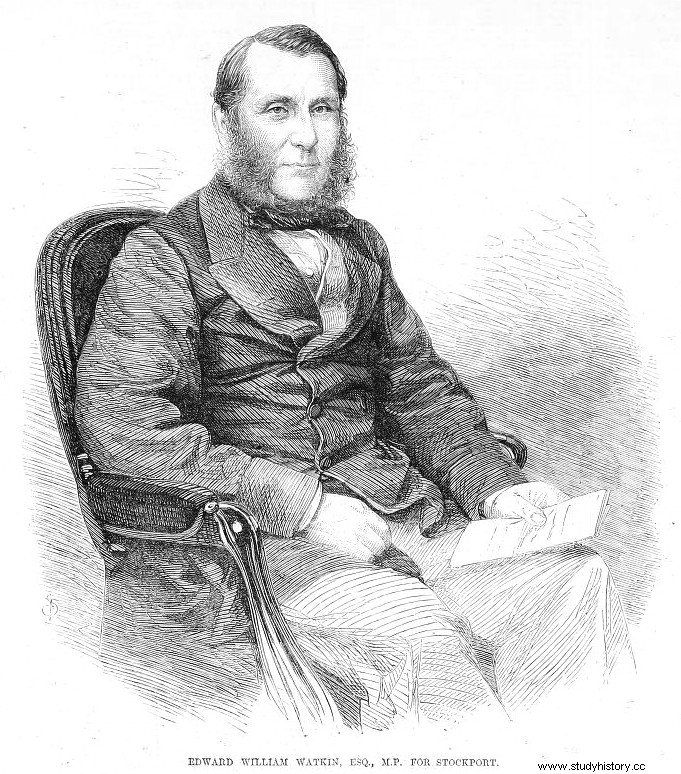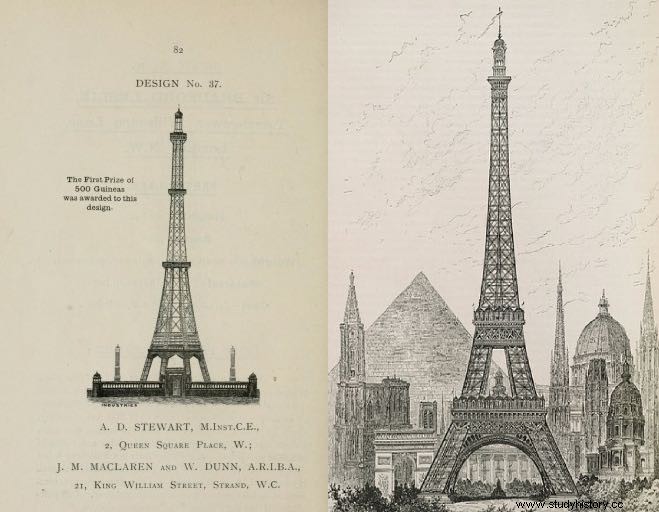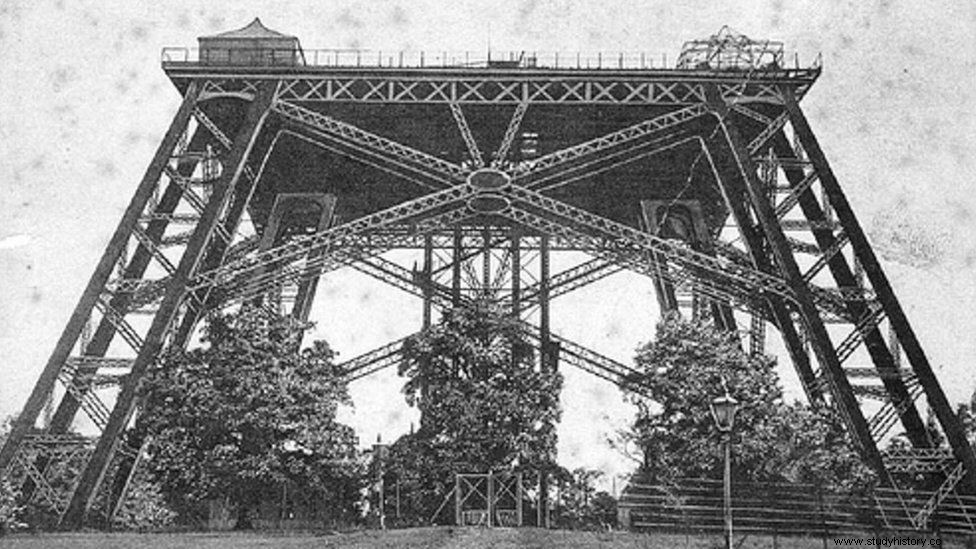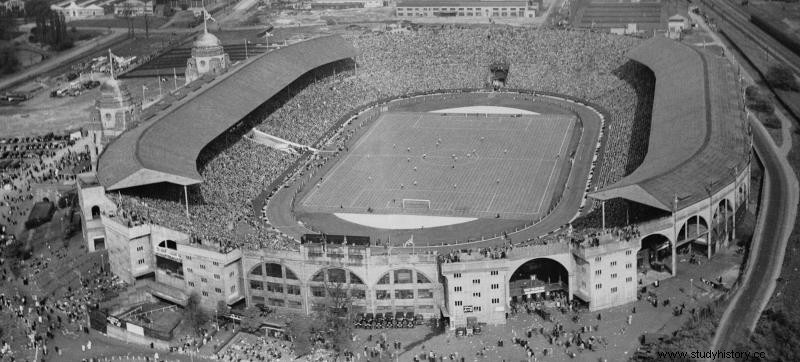It is said that the popular playwright Guy de Maupassant used to have breakfast in a restaurant in the Eiffel Tower . Not because of the views that he could enjoy from there or because of the pleasure of doing it in an incomparable setting, but because this was the only corner of Paris where he could avoid seeing what he described as a "monstrosity". And in the same way a Manifesto became famous signed by several intellectuals such as the writer Alejandro Dumas or the poet Paul Verlaine in which they opposed, under all kinds of arguments, the construction of what is today a hallmark of the French capital. Be that as it may, the average citizen was at the opposite end of that Gallic intellectual elite, and this is demonstrated by the fact that the Eiffel Tower was very well received by Parisians and tourists who flocked to see this construction. A success that brought huge profits to its creator and that made other people want to create a similar monument in other cities such as Madrid and London, just as Sir Edward Watkin came up with. .

The Eiffel Tower was completed in Paris in 1889 for the Universal Exhibition, and at 300 meters high it was the tallest man-made structure of its time. As is often the case with constructions of this type, the final costs were higher than projected, and Gustave Eiffel himself he had to put money out of his pocket to complete its construction, an investment that he more than recovered in the following months after reserving the exploitation rights. This caught the attention of Sir Edward Watkin, a British parliamentarian and chairman of several railway companies, as well as a successful businessman.
Watkin's idea was to build a structure similar to the Eiffel Tower in London, making it the new emblem of the city while developing a new urban format. The parliamentarian thought of using the land in the Wembley area, located a short distance from the city center, which would also be connected by the same train network that he was in charge of managing. Just like other men of his time who mixed vanity, profit-seeking and philanthropy, Watkin thought that the densely populated city center was an unhealthy space, and that in those lands located in the outskirts had the possibility of creating a new community of single-family houses equipped with spaces for recreation and leisure.
Opening of the park
The first phase of the project was the construction of the park, which was opened to the public in 1894. It consisted of a lake where you could go boating, waterfalls and numerous sports areas, and managed to attract a multitude of visitors in its first months.
In parallel, the construction of the emblematic monument was carried out. It should be said that numerous projects were presented, most of them unfeasible, and that finally a construction similar to the Eiffel Tower itself was chosen, made of steel and with a height of 350 meters. Likewise, it would be equipped with a hotel, various restaurants, shops and other businesses that would turn the attraction into an important focus of recreation.

The construction of said tower began in 1892, completing the first phase in 1895, when the first floor was created, consisting of a platform supported by four gigantic pillars. However, not much progress could be made. The land on which it stood was more than inappropriate for a structure of this nature. It was marshy in character and prone to sinking. The inclination became more evident as the work progressed and the work had to be stopped for fear that the entire structure would end up collapsing.
The decline of the Tower
After studying different ways to straighten the tower, which were rejected for many reasons, the work was stopped in 1896. Then some elevators were installed to go up to its top, an operation with which they wanted to obtain funds to continue with the project, as well as the launch of a campaign to attract investors. And a year later, during Queen Victoria´s 60th Jubilee, the tower was illuminated as a last promotional attempt, something that definitely failed to increase the interest and the flow of visitors. Watkin himself, who was ill and whose health was deteriorating by leaps and bounds, lost interest in the project and tried to disassociate himself from it. In 1902 the Tower was declared "dangerous" and closed to the public. And two years later demolition work began, for which high-power explosives had to be used.

What should have been the new emblem of London ended up being a pile of rubble and several holes in the ground as a result of the detonations, which the newspapers of the time baptized as “Watkin's Madness ” or “The London Stump ”.
Wembley, his legacy
Watkin died shortly after the failure of his project, in April 1901, and who knows to what extent his death was also due to the anguish derived from his frustrated work. He was not the only one, as he too failed to complete an attempt to open a tunnel to connect the UK with France, a precursor to today's Channel Tunnel. However, it must be recognized that his choice of Wembley helped it to be considered an optimal space, called to play a key role in the future development of the capital.

Wembley Stadium was located where Watkin's Tower was to have been built. In the reconstruction of the same in 2002 fragments of this could be found. They are the last vestiges of a monument that could have changed the physiognomy and urban development of this city forever.
